What’s the Buzz
The Bee Healthy Blog
Why are Opioid Pain Pills So Addictive?

Opioids are a family of drugs that include prescription pain relievers like oxycodone (OxyContin®), hydrocodone-acetaminophen (Vicodin®, Norco®), morphine, codeine, fentanyl, and many others. In addition, the illegal drug heroin is also an opioid drug. Prescription opioids are available legally to treat moderate to severe pain. However, many people misuse these medications and develop opioid dependence.
Indeed, the United States is in the midst of an opioid crisis. The number of overdose deaths involving opioid drugs has increased six times since 1999. Opioid abuse claims some 50,000 lives each year and accounts for over 70% of all drug overdose deaths. According to the Centers for Disease Control and Prevention (CDC), 130 people die from drug abuse involving opioid drugs every day.
In the face of these harrowing figures, it is important to understand why opioid painkillers are so addictive, how to use them appropriately, and what you can do to prevent abuse and addiction. Please continue reading to learn more about opioid use disorder and how drug dependence develops.
What are some common prescription opioids?
Some of the opioid prescription medications that are commonly prescribed in the United States include oxycodone-acetaminophen (Percocet®), oxycodone (OxyContin®), oxymorphone (Opana®), hydrocodone-acetaminophen (Vicodin®), fentanyl, codeine, and morphine (Kadian®, MS Contin®).
What is the most common reason to prescribe opioid drugs?
Most prescription opioids are Schedule-II controlled substances and are available legally from healthcare providers. They are commonly used to treat moderate to severe pain. In addition, some cough and diarrhea medications also contain opioids.
Why are painkillers highly addictive?
Opioids are a class of drugs derived from the poppy plant. While some prescription opioids are found naturally in the plant, others are manufactured in labs to resemble the chemical structure of naturally-occurring opioids.
Opioids are used as pain relievers because they contain chemicals that attach to opioid receptors in the nervous system and relieve pain by blocking pain signals. These drugs also make you feel relaxed, euphoric, or “high.” Consequently, people sometimes misuse opioid drugs.
Tolerance: Opioids have a high potential for abuse and addiction, even when used as prescribed. This is because opioids work by changing brain chemistry, which leads to drug tolerance. Meaning, over time, a person needs larger doses of the drug to achieve the same effect.
Dependence: Taking prescription opioids for a long time can lead to dependence. When a person with an opioid dependence stops taking the drug, they can experience uncomfortable physical and psychological withdrawal symptoms such as anxiety, diarrhea, and muscle cramps.
Addiction: Dependence and addiction are not the same. Only a small number of people with prolonged opioid drug use develop an opiate addiction. Opioid addiction is characterized by a compulsive and continuing need to take the drug.
How can opioid medications be so addicting?
It is important to understand that anyone who takes opioids is at risk of developing opioid dependence and needing addiction treatment. A person’s personal or family history of a substance use disorder and the length of time opioids are used both play important roles. However, it is impossible to predict who will or will not eventually become addicted to these drugs. Opioid addiction can occur from legal, illegal, shared, or stolen opioids.
Opioids are highly addictive mainly because they activate the reward centers in the human brain by binding to opioid receptors. These drugs trigger the release of feel-good chemicals called endorphins, which subdue pain perception and boost feelings of relaxation and pleasure. This creates a powerful but temporary sense of well-being. When the drug wears off, the person begins craving those good feelings. When someone takes opioids for a long time, the body slows the natural production of endorphins. Now, the same dose of opioids does not trigger strong enough good feelings. As a result, the person now needs more of the drug to get the same effect. This is called tolerance, and it is the first step in drug addiction. People develop an opiate addiction because they increase their dose in response to the tolerance to keep feeling good.
Doctors are acutely aware of these risks, so a thorough assessment must be completed to evaluate the risks and benefits before increasing the dose or renewing a prescription for opioids. As a result, some people turn to obtain opioids illegally at this point, including heroin use. In addition, some drugs obtained illegally are contaminated or laced with powerful opioids, which is one of the reasons for the significant number of deaths due to opioid drug overdoses.
Is an opioid really the best medication for my pain?
If used as directed, opioids can provide significant pain relief with side effects that are relatively well-tolerated. Therefore, a short-term course of prescription opioids for 3-7 days following a surgical procedure or injury is generally safe. However, the long-term use of these prescription medications can lead to drug tolerance and the risk of opioid use disorder and opioid overdose.
Your physician will carefully consider various factors before prescribing opioid pain medication to you. The national guidelines recommend that physicians should prescribe these drugs at the lowest dose for the shortest time possible to treat acute pain.
Who is at risk of developing an addiction to opioid medication?
Anyone can develop an opioid addiction. However, some risk factors increase the chances of a person developing an opioid addiction, such as:
- Using opioids at other than the prescribed dose (at higher doses or more frequently).
- Administering opioids by crushing the pills, snorting, or injecting the drugs (this can rapidly deliver a large dose of the medicine, leading to an accidental overdose and death).
- Taking opioids at high doses or for a long period of time (more than a few days).
- Other factors, including psychological, environmental, and genetic factors, also play a role. For example, the risk of opioid misuse and opioid addiction is higher if you have a personal or family history of substance abuse or a previous history of addiction treatment for other substances. Environmental factors that can increase the risk of addiction include poverty, unemployment, being in regular contact with drug users, or high-risk environments. Gender also plays a role--women may be at higher risk of developing an opioid addiction than men.
What can I do to avoid opioid addiction?
As mentioned, prescription opioids are generally safe when taken for a short duration of therapy (3-5 days) as prescribed by a doctor to treat pain following surgery or injury such as a bone fracture. Your doctor will prescribe the lowest dose possible for the shortest time, and you should strictly follow the directions on the prescription label.
To reduce your risk of developing an opioid addiction and other harmful consequences, you should never take the medicine at a larger dose or more frequently than prescribed, never share your medicine or use someone else’s prescription, and never take the medicine to get high. You should dispose of any unused opioids through a drug take-back program.
Chronic pain is common—it can be debilitating and negatively affect the quality of life. If you live with chronic pain, opioids can be used as an adjunct therapy to other non-pharmacological interventions, such as physical therapy and acupuncture, under the supervision of a pain specialist. Keep in mind that there are other safer treatments available, including other drugs that are less addictive and non-pharmacological therapies. You should have a discussion with your primary care physician regarding risks vs. benefits to achieve the best treatment outcome.
If you're taking opioids and have developed a drug tolerance or opioid addiction, tell your doctor about it and seek treatment. Do not stop taking opioid medications without talking to your doctor first. Abruptly quitting an opioid medication can cause severe withdrawal symptoms. Your doctor can help you come off opioids slowly and safely. Treatment from an addiction specialist for opioid use disorder is also a viable option if needed. Getting help for opioid abuse from a specialist in addiction medicine can help manage withdrawal symptoms during detoxification. Detoxification programs can help you stay abstinent from drug use in the long run and reduce your risk of an opioid overdose.
References:
- https://www.drugabuse.gov/drug-topics/opioid
- https://www.mayoclinic.org/diseases-conditions/prescription-drug-abuse/in-depth/how-opioid-addiction-occurs/art-20360372
- https://www.health.harvard.edu/blog/is-an-opioid-really-the-best-medication-for-my-pain-2019061916834
- https://www.drugabuse.gov/publications/drugfacts/prescription-opioids
- https://www.cdc.gov/opioids/data/index.html
- https://www.cdc.gov/drugoverdose/deaths/index.html

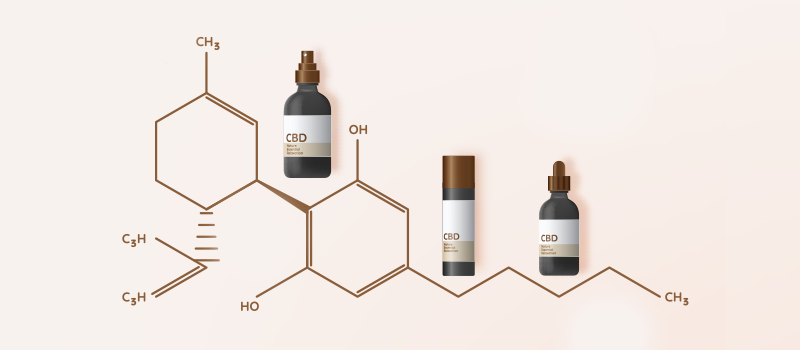
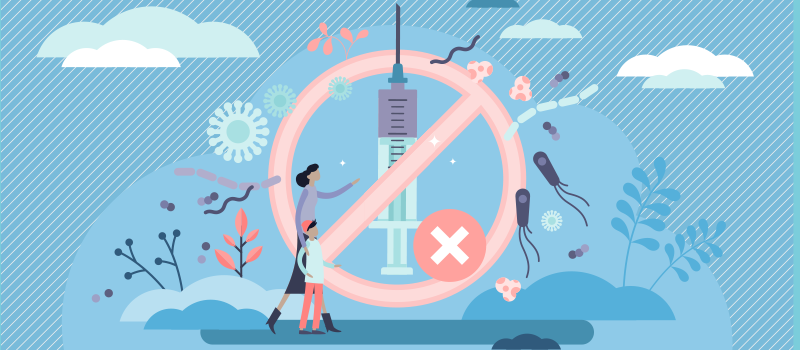

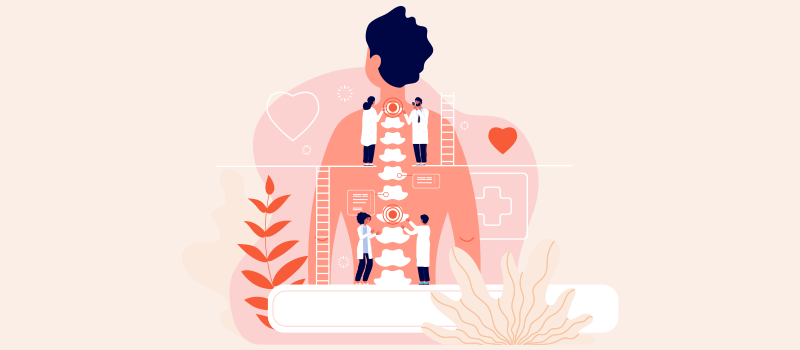



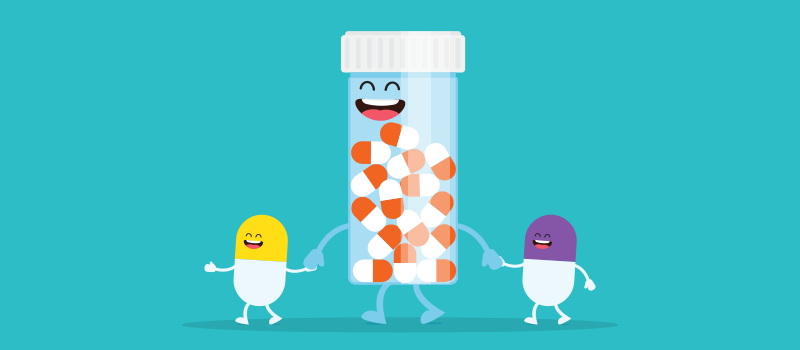

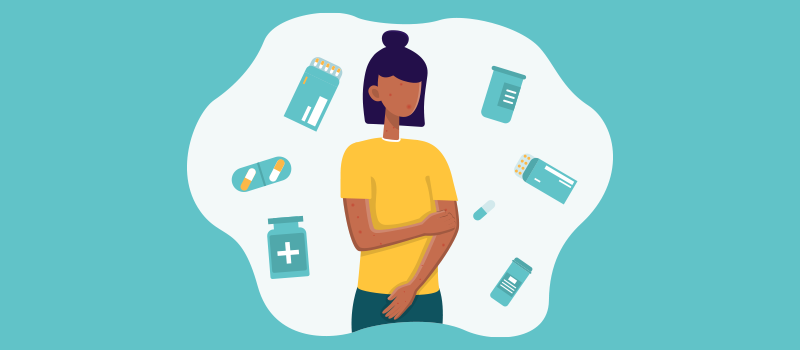
SOCIAL